Ah, summer in Yunnan… always a meteorological mix full of delights and surprises!
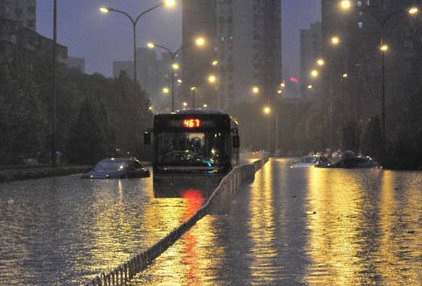
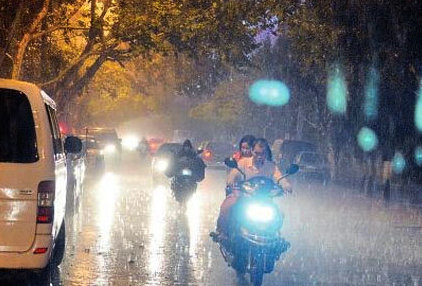
Downpours can hit Yunnan anytime, but it happens more often in the late afternoon, evening and night
The whole of Yunnan has a typical subtropical monsoon climate with a big night-day difference in temperatures and infamously rainy and stormy summers. Recommended travel times for Yunnan in general are thus spring (March to May) and autumn (September to November), with spring being windier, which makes autumn the winner of seasons!

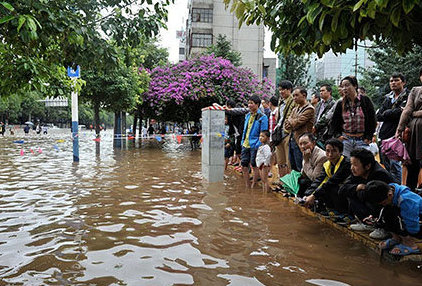
During sudden showers, some streets in Kunming can become flooded within a short time span
Still, Yunnan’s capital Kunming has the title of “Spring City”, granted for having four seasons of spring all year round. But… what about the not so spring-y summer? Well, this title seems to be mainly based on temperatures. Winter is relatively mild compared with the rest of China, with temperatures around 5-15 °C and summer temperatures rarely hit 30°C and stay around the perfect 25. When it doesn’t rain that is. And it rains a lot, or so you’ve probably heard. So, should you just forget about Yunnan for your summer holiday?
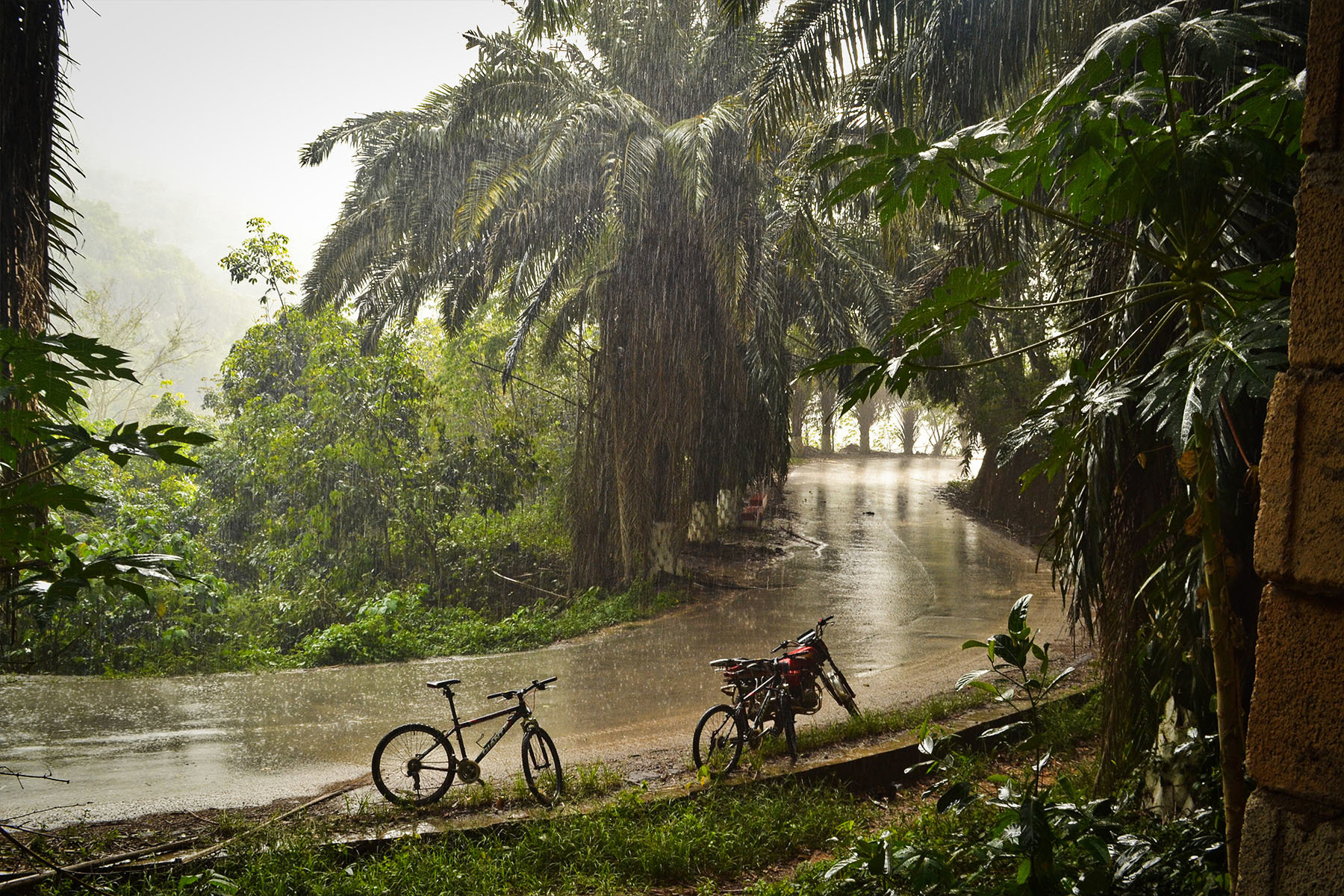 Xishuangbanna has a tropical climate, and with that come tropical rainstorms (I myself got surprised by a tropical storm here while cycling)
Xishuangbanna has a tropical climate, and with that come tropical rainstorms (I myself got surprised by a tropical storm here while cycling)
Before we continue about the weather, we need to note that Yunnan is not small, in fact, Yunnan is the 8th biggest province of China. It measures roughly 900 km from north to south as the crow flies (I guess it’s seagulls in Yunnan) and it also ranges from 76 meters to 6,740 meters as the mountain rises. Xishuangbanna and the Yuanyang Rice Terraces in the south have a much more tropical, humid and hotter climate than the north of Yunnan. Shangri-La in the north is coolest, Dali and Lijiang warmer than Shangri-La, but a few degrees cooler than Kunming.
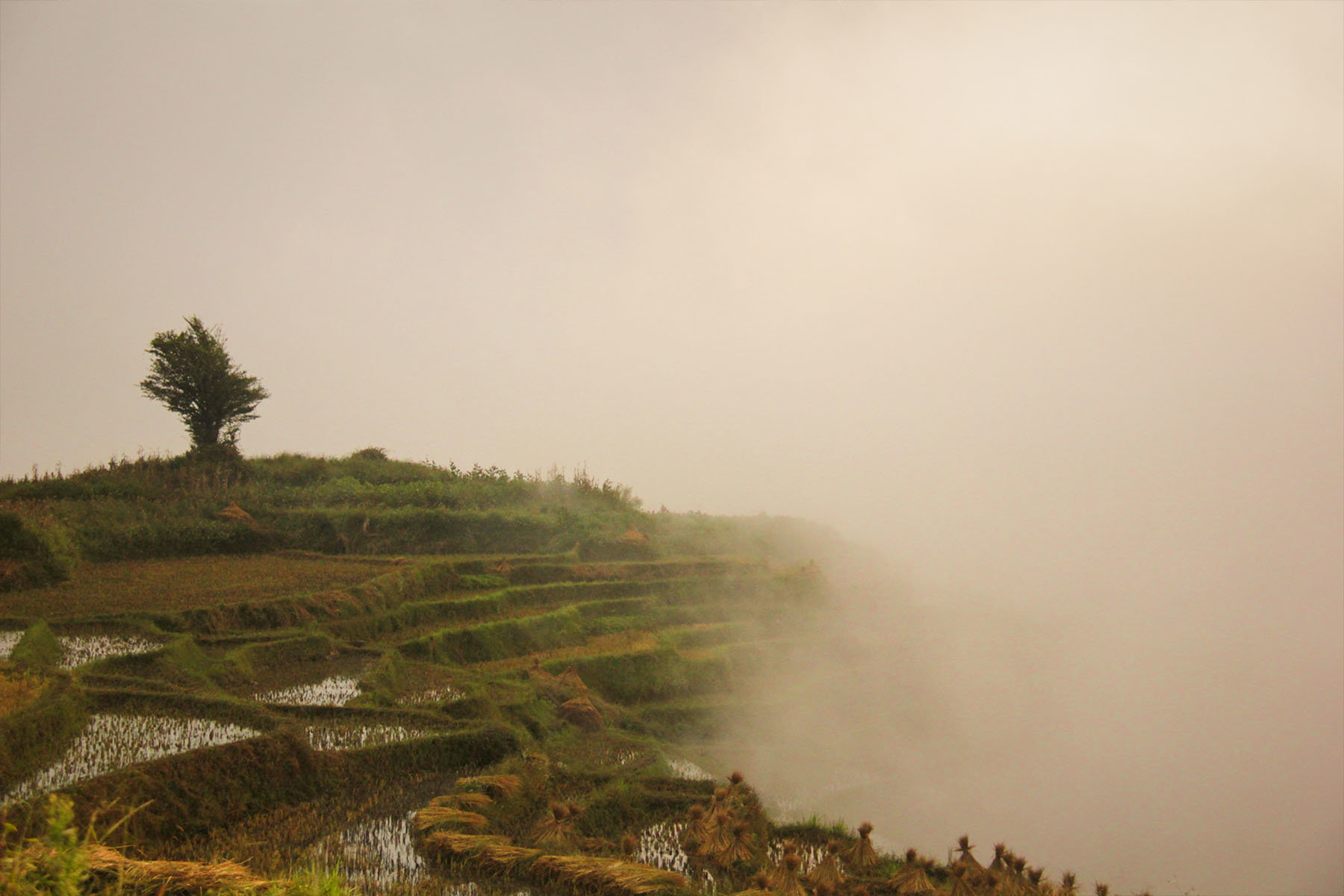 Yuanyang can also be rainy, foggy and muddy in summer
Yuanyang can also be rainy, foggy and muddy in summer
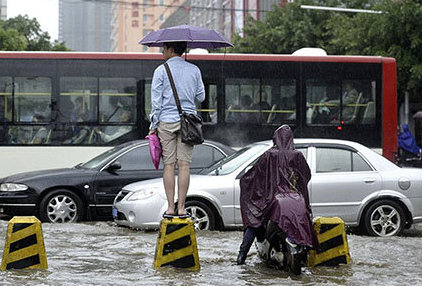
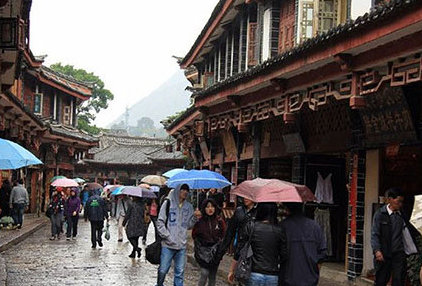
Be prepared and always carry a small umbrella in your bag anywhere in Yunnan in summer!
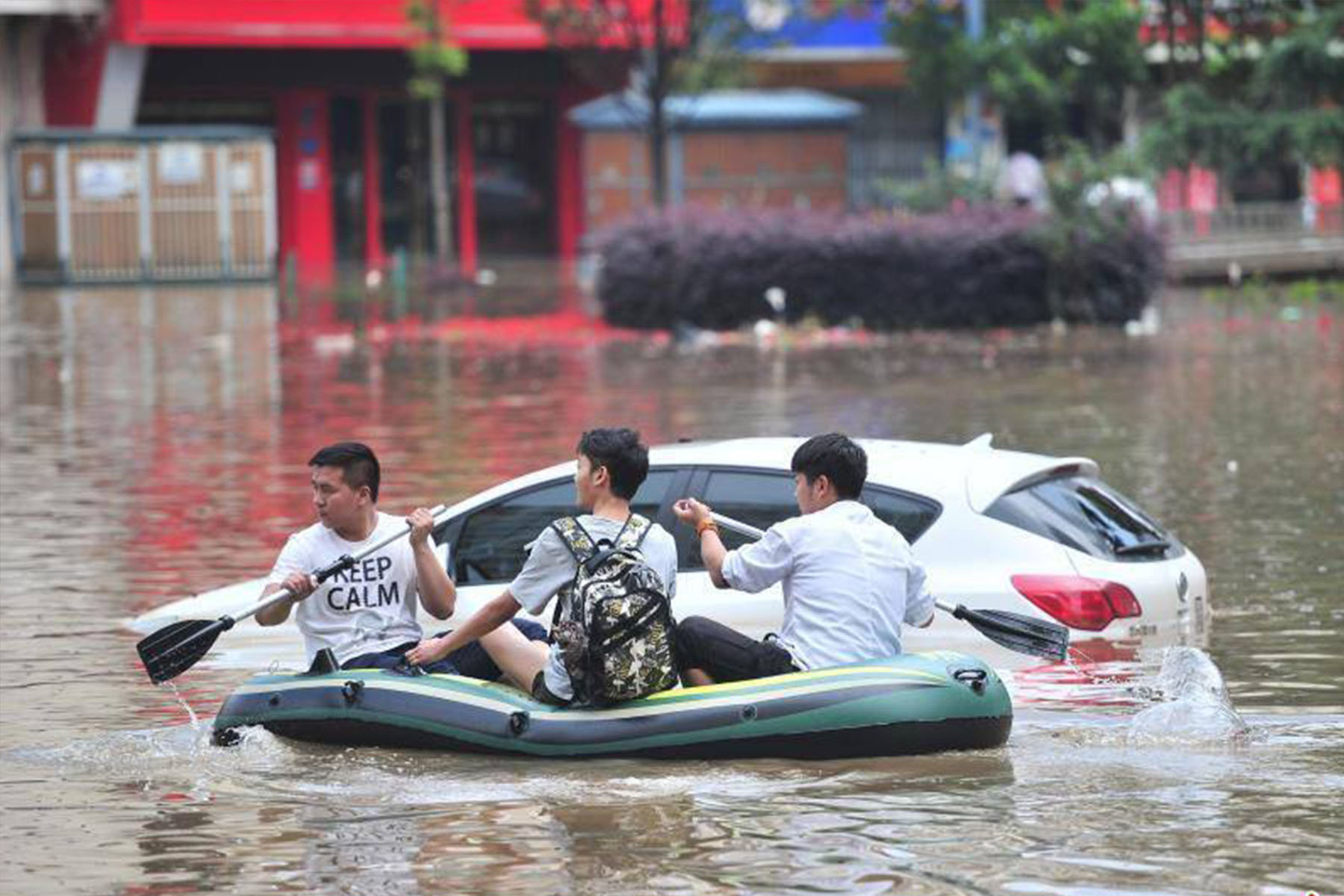 Although sometimes you need more than umbrellas and wellies...
Although sometimes you need more than umbrellas and wellies...
So, back to the question; should you forget about Yunnan in summer? Well, not entirely, as the rainy season is probably not as bad as you expect. Starting around late May or June (in 2019 it even started in July) and usually being most intense in August, the monsoon season normally covers about 3 months and can last until half September. The weather forecasts are not very reliable in Yunnan during that time. They normally forecast rain every day, but this can mean some light rain now and then, a 10-minute downpour, a full-on thunderstorm or no rain at all that day since rain can be local. It can be raining in the east of Kunming, but in the western part, it can be dry all day. And travellers can rest assured, as it very rarely rains the whole day. It is more likely to rain or storm at night and then alter between cloudy, sunny and rainy during the day. The weather is really unpredictable and changeable, so always carrying a small umbrella in your bag is recommended. The temperature on these rainy days is about 15-18 °C at night and in the morning and 23-28 °C during the day, warmer when the sun is out of course and cooler when it is raining.
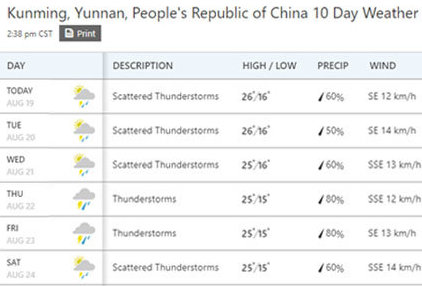

Weather forecasts aren’t really reliable as they normally forecast rain every day
Another worry of travellers isn’t just getting wet socks, but also safety. Southern China regularly hits the international news in summer with floods, landslides and typhoons. From a personal perspective, I can only speak of my experience of living for many years in Kunming. When there is a sudden cloudburst, some streets in Kunming can flood within minutes and there will likely be traffic jams, but the floodings normally clear up quickly after the rain stops.



In rare cases, Kunming can have serious flooding problems, especially in tunnels and underground car parks
Severe floods that leave streets submerged for days are relatively rare and happen when it continuously pours for days. This can happen when there is a typhoon in Southern China that is coming Yunnan’s direction. Typhoons almost never reach Yunnan, but when they do it’s mostly one of their arms that hits the province and not the centre (the last one was typhoon Hato in 2017). In that case, country roads and villages can have land- and mudslides and the lower half of Kunming can become flooded for days. In 2018 a huge landslide due to rain destroyed the Laohuzui Rice Terraces in Yuanyang and the area is still closed for public. Landslides are more likely to happen in rural areas and not in big cities and the main tourist areas. Roads to less developed places like Lugu Lake and the White-Water Terraces also have a bit higher risk for landslides.

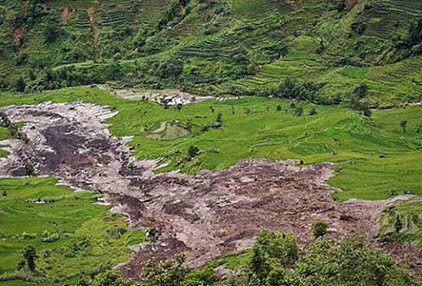
Landslides can happen in the countryside. In June 2018 a landslide destroyed the Laohuzui (Tiger Mouth) rice terraces in Yuanyang which are as of now still being renovated
One exception worth mentioning is the Tiger Leaping Gorge. Due to its geographical features, landslides during the rainy season are more common here and it is normally advised not to go here during this season because of the risk. This year the gorge was closed for a while due to landslide rocks hitting a car and in 2017 during the heavy rains in June there were multiple severe landslides
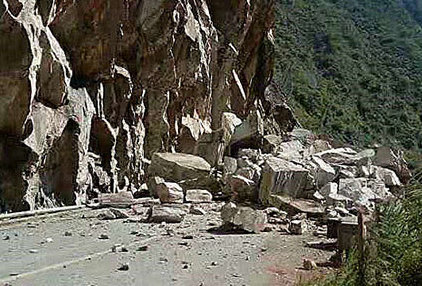

In 2017 there was a big landslide in the Tiger Leaping Gorge. This year (2019) the gorge was also temporarily closed due to a landslide
While this article – and especially the pictures – might seem scary, by no means I am trying to say not to visit Yunnan in summer. These pictures are from previous years (many of 2013 and 2017), as I could not find spectacular pictures of this year, which is a good sign! And after all, after rain comes… sunshine and rainbows!
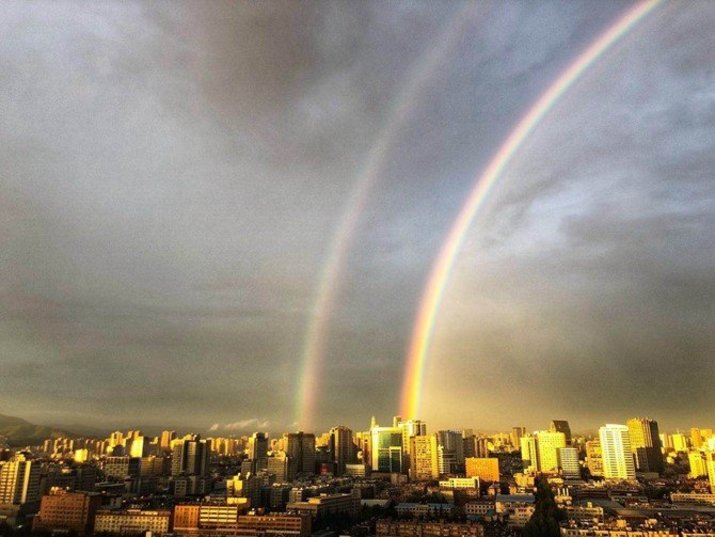 With some luck, rainbows can be seen above Kunming after the rain
With some luck, rainbows can be seen above Kunming after the rain
So, with this article, I just hope to clear up some misconceptions about the rainy season in Yunnan. Yes, there is a chance for rain every day, and there is always a risk for a big rainstorm. But there are many sunny days too and it differs per year. This year has been sunnier than in previous years, and next year it might be wetter. But in general, it is still possible to travel, as long as you prepare for a (short) shower now and then.
In summer too, many days Kunming and Yunnan look like the pictures below:

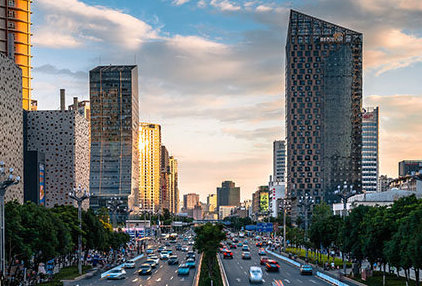
There are still enough sunny days in Yunnan’s summer to enjoy your trip!
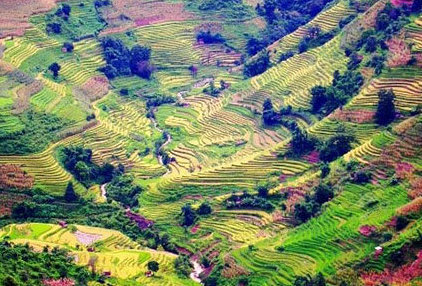
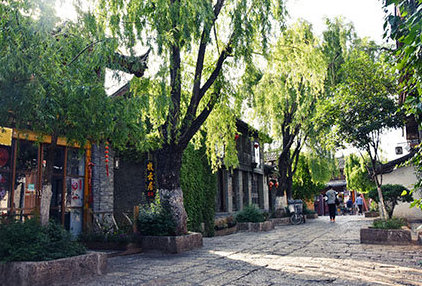
Yuanyang can be a colourful palette when the sun comes out in summer, and in Lijiang and Dali Old towns you also better get your sunscreen out
This is the view from our office at the time of writing (August 16, 2019) and it’s been like this most days during the day this week and weekend (but it might storm tonight… who knows?)
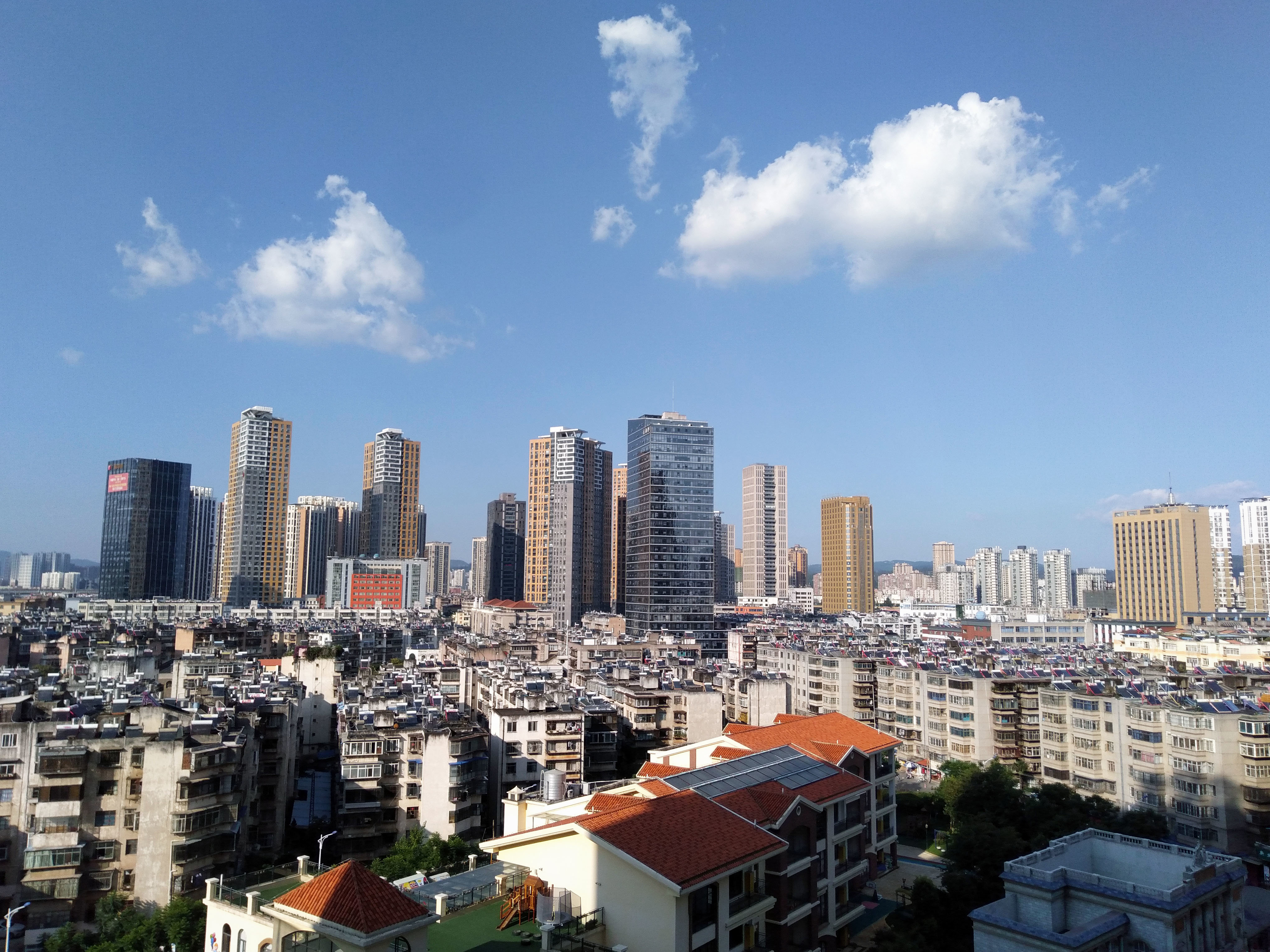 We had blue skies every day for over a week now
We had blue skies every day for over a week now
One last good this about the rainy season is that it also means mushroom season. Yunnan is famous nationwide for her huge variety of wild mushrooms as Yunnan accounts for 70% of the national mushroom harvest. About one-third of the 3.000 species of edible mushrooms in the world can be found here, and are sold all over the world. No wonder thousands of Yunnan’s locals dive into the forests and mountains to forage wild mushrooms. For travellers who visit Yunnan in summer, trying out a variety of mushroom is almost a must! And maybe the best way to try them out is in a mouthwatering mushroom hotpot!
If the rainy pictures of before scared you away, maybe we can turn your thoughts around again with these:
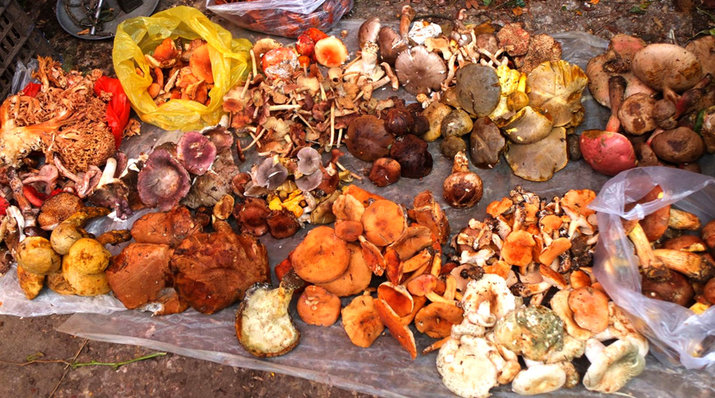 Over 1000 species of edible wild mushrooms can be found in Yunnan, some of them are highly prized by international top chefs
Over 1000 species of edible wild mushrooms can be found in Yunnan, some of them are highly prized by international top chefs


Mushroom hotpot is a seasonal speciality in Yunnan, and if you want to try it in Kunming, we are happy to arrange dinner in one of Kunming’s best mushroom hotpot restaurants!
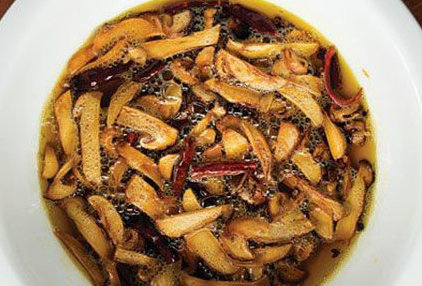

Fried or stir-fried wild mushrooms are another tasty seasonal Yunnan dish you have to try out
Further readings:
Landslides in the Tiger Leaping Gorge
- 322 reads
- Like this







